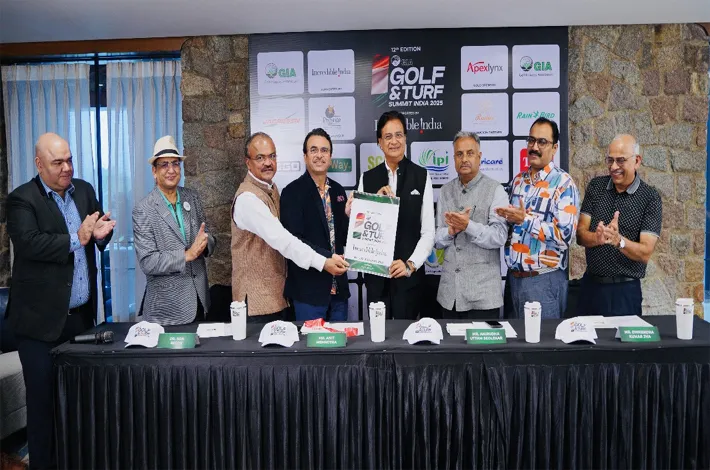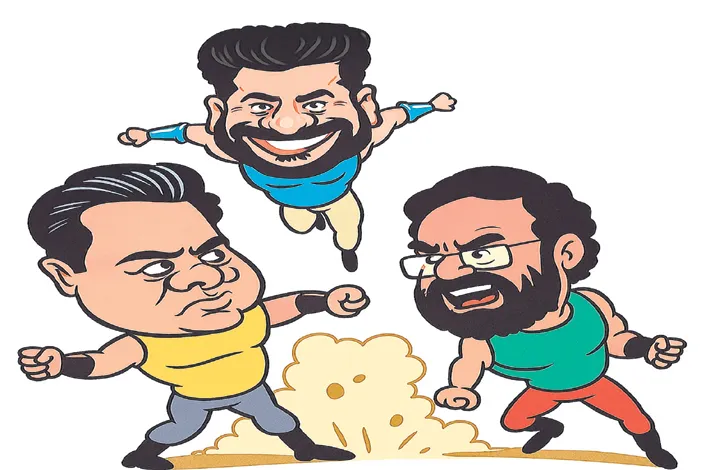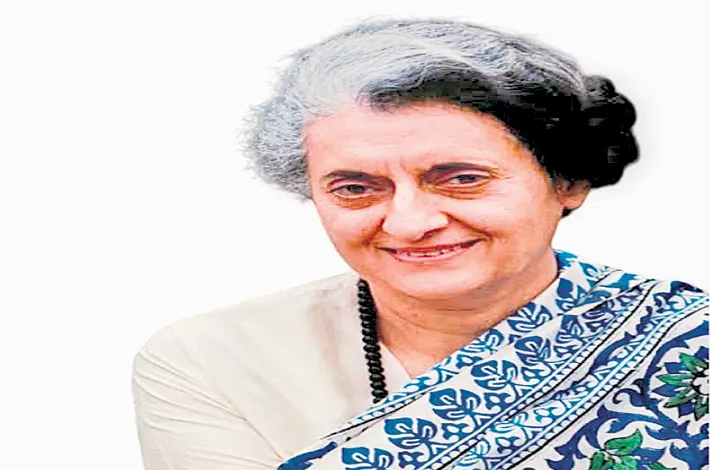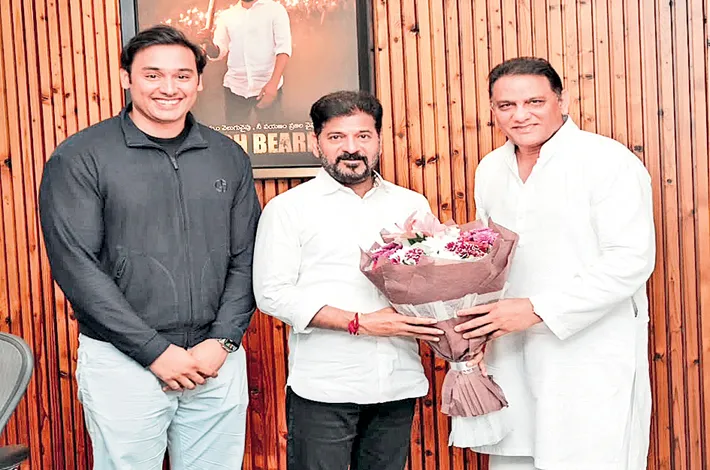The special trains that never quite arrived
27-10-2025 12:00:00 AM
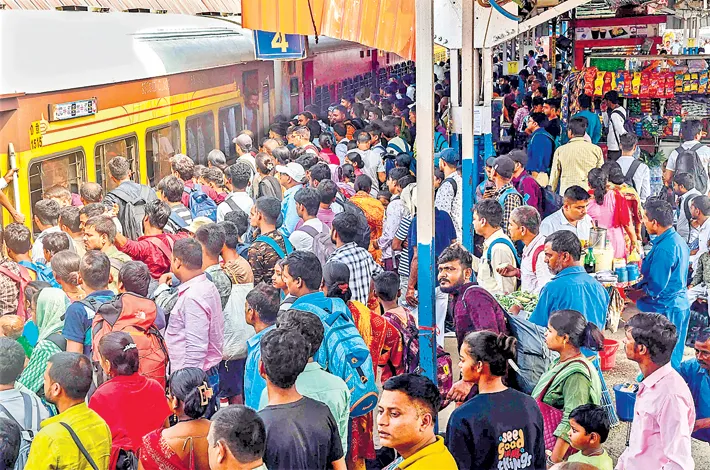
Multi pronged approach needed to tackle emergencies
Capacity expansion
Investing in infrastructure, such as double-tracking high-traffic routes and upgrading station facilities
Rolling stock and crew management:
Increasing the availability of locomotives, coaches, and trained personnel is essential for scaling up special train operations.
Improved ticketing systems:
Enhancing the IRCTC platform to handle high traffic and ensuring transparent communication about train schedules.
Every year, as the festival of Chhath Puja approaches, millions of devotees, particularly from Bihar, Jharkhand, Uttar Pradesh, and parts of West Bengal, prepare for a journey that is as much spiritual as it is logistical. Chhath Puja, a four-day festival dedicated to the worship of the Sun God, is one of the most significant cultural and religious events in eastern India. For many, it involves traveling back to their hometowns, often from far-flung cities like Delhi, Mumbai, and Kolkata, to celebrate with family and perform rituals by rivers and water bodies. The Indian Railways, a lifeline for millions of these travelers, plays a critical role in facilitating this mass migration. In the lead-up to the 2025 Chhath Puja season, the Indian Railways announced an ambitious plan to operate 12,000 special trains to accommodate the surge in passengers
The numbers, at first glance, seem impressive. By October 25, Indian Railways notified 11,865 trips across 916 trains, including 9,338 reserved and 2,203 unreserved services, claiming to have moved 1.5 crore passengers since October 1. New Delhi’s stations saw 15.17 lakh travelers from October 16-19, up 11% from last year, while Udhna Junction in Gujarat handled 36,000 in a single day. For Chhath, 1,500 trains were slated over five days from late October, with 6,181 more planned for November returns. But these figures mask a deeper dysfunction. The promise of 12,000 trains – averaging 196-300 daily – has crumbled under scrutiny, with passengers facing the same old chaos: packed general coaches, elusive tickets, and a system stretched beyond its limits.
Yet, the ground reality isn't all rangoli and relish. For every commendation, there's a counter-narrative of strain. Leader of Opposition Rahul Gandhi's October 25 X post went viral: "Trains to Bihar are packed, tickets impossible, journeys inhuman." Tatkal tickets vanish in minutes – one Delhi migrant clocked a three-minute sell-out – while flight fares to Bihar have skyrocketed to Rs 13,500 from last year’s Rs 4,500. General coaches, meant to absorb the unreserved masses, are scenes of desperation: passengers cling to doorways, squeeze onto luggage racks, or camp in aisles. A viral reel mocked the “MIGA Vision of Special Trains Jumla,” capturing the gap between rhetoric and reality.
Critics argue the surge, while impressive, strains an aging infrastructure. With only 13,000 regular passenger trains year-round, doubling to 25,000 for festivals exposes capacity limits – especially on Bihar-bound routes, where unreserved general coaches overflow despite additions. Still, Northeast Frontier's modest 48 trains (620 trips) for Puja-Diwali-Chhath highlight zonal disparities, leaving remote routes underserved. The touted amenities – holding areas, extra counters, and festive discounts – have been more patchwork than panacea. While 30 Bihar stations and metro hubs like Mumbai and Bengaluru got holding areas with water and medical booths, many are makeshift, cramped, and understaffed.
The 20% round-trip discount for Diwali and Chhath bookings sounds generous, but its complex terms – requiring same-group bookings for specific windows – left many ineligible or unaware. Platform ticket restrictions, meant to ease crowding, instead sparked family ire, with one X user lamenting, “Can’t even wave goodbye to my parents!” Chhath bhajans at Patna stations felt like hollow gestures when basic sanitation faltered; passengers reported overflowing bins and filthy washrooms at major hubs like Anand Vihar. Women, elderly passengers, and families with children face heightened risks in overcrowded compartments, with RPF struggling to maintain order despite increased presence. Small stations, like those in Jharkhand, lack the promised holding areas, leaving passengers exposed to heat and chaos.
The root issue is structural. India’s 13,000 daily passenger trains swell to 25,000 during festivals, but the infrastructure – aging tracks, overworked staff, and limited rolling stock – cannot cope. Bihar-bound routes, the epicenter of the festive rush, remain choke points despite Northern and Central Railways’ efforts with 1,919 and 1,998 trains, respectively. The 4,493 trips by October 22, averaging 213 daily, fell short of the promised 300-train peak, with many “special” trains revealed to be rebranded regular services, not new additions. This sleight-of-hand fueled perceptions of inflated numbers, with critics arguing the 12,000-train figure was more political posturing than logistical reality.
Infrastructure limitations
India’s rail network, while extensive, is plagued by infrastructure bottlenecks, particularly on high-traffic routes. Tracks connecting major cities to eastern India are often single-line or double-line sections with limited capacity to handle additional trains. Congested rail corridors, such as the Delhi-Howrah and Mumbai-Varanasi routes, saw frequent delays, as special trains competed for track space with regular services and freight trains.
Station infrastructure also posed challenges. Major stations like Patna, Gorakhpur, and Darbhanga were overwhelmed by the influx of passengers, with platforms unable to accommodate the additional trains and crowds. Reports of passengers sleeping on platforms or struggling to board overcrowded trains underscored the strain on station facilities.
Not everything negative
At the same time, it was not as if nothing was going on track. Over 12 lakh employees manned "war rooms" round-the-clock, from zonal control centers to the Railway Board's nerve hub in Delhi, where Vaishnaw personally reviewed operations on October 20, boosting staff morale with Diwali greetings. In Ahmedabad, Railway Protection Force's aid to elderly and disabled passengers drew nods, while New Delhi's Yatri Suvidha Kendra earned kudos for quick assistance – even escorting a woman in labor to hospital. By October 22, 4,493 special trips had already bridged Diwali gaps, averaging 213 daily – a far cry from pre-2020 bottlenecks. IRCTC’s app eased bookings for the tech-savvy, but for the majority relying on counters or general coaches, the system felt rigged.
Vaishnaw’s often-cited 34,000 km of new tracks since 2014 has supported capacity, but not enough for festive surges. Experts call for long-term fixes: automated gates to manage crowds, AI-driven demand forecasting, and year-round fleet expansion to reduce reliance on “special” trains. The railway’s 1.5 crore passengers moved is a logistical feat, but it’s cold comfort for those left behind. The digital divide – with rural passengers struggling to navigate IRCTC’s app – and regional disparities, like the Northeast’s neglect, compound the inequity.
So, did the 12,000 trains materialize? On paper, nearly – 11,865 trips is no small number. But on the tracks, the promise derailed. The system moved millions, but failed to deliver the comfort, accessibility, or equity pledged. For every family that reached Patna for Chhath, another remained on waitlists or endured “inhuman” journeys in overcrowded coaches. The railways’ heart was in the right place, but its infrastructure and execution weren’t. As Chhath’s sun rises on November 8, Indian Railways remains a lifeline, but one fraying under unmet expectations. Passengers ride on hope, not assurances, and the 12,000-train dream remains stuck at the station, a strong and touching reminder that even India’s mightiest machine bends under the weight of its people’s longing.





